Few culinary treasures inspire as much excitement and dedication as the elusive morel mushroom. These honeycomb-capped delicacies with their distinct nutty, earthy flavor appear for only a brief window each spring, sending thousands of mushroom enthusiasts into forests across North America on their annual pilgrimage.
But exactly when is morel mushroom season? The answer isn't as simple as circling dates on a calendar. Morel season varies significantly by region, elevation, and yearly weather patterns. This comprehensive guide will help you understand when morels fruit in different parts of the country, what environmental conditions trigger their growth, and how to time your mushroom hunting adventures for maximum success.
Understanding Morel Mushroom Season
Morel mushroom season is the brief period each year when these prized fungi emerge from the forest floor, typically in spring. Unlike cultivated mushrooms available year-round, wild morels have a fleeting season that lasts just a few weeks in any given location.
The season's timing depends on several factors:
- Geographic location: Morels appear first in southern regions and gradually move northward as temperatures rise
- Elevation: Lower elevations warm earlier, while higher elevations may see morels weeks later
- Local climate conditions: Temperature, rainfall, and humidity all affect when morels appear
- Soil temperature: Morels typically emerge when soil temperatures reach a specific threshold
- Tree species and forest conditions: Different morel species associate with different trees and habitats
While morel hunters may have their secret spots and strategies, understanding these patterns can help you better predict when to start your hunt.

Morel Season by Region
Morel season progresses across North America in a wave, generally moving from south to north as spring advances. Here's a breakdown of approximate morel seasons by region:
Southern United States
In the southern states, morel season arrives earliest:
- Deep South (Louisiana, Mississippi, Alabama, Georgia, South Carolina): Late February to early April
- Mid-South (Arkansas, Tennessee, North Carolina, Virginia): March to early May
- Southern States' Inland Areas: Generally 2-4 weeks earlier than their northern counterparts
In the southeastern US, morels tend to be more scattered and less abundant than in some other regions. They're often found in upland areas rather than coastal zones. For instance, in South Carolina, morels are more likely to be found in the upstate region near the Appalachian Mountains than in coastal areas.
Midwest
The Midwest is renowned for its productive morel grounds:
- Southern Midwest (Missouri, Southern Illinois, Southern Indiana, Southern Ohio): Early April to early May
- Central Midwest (Northern Illinois, Indiana, Ohio, Iowa, Nebraska): Mid-April to mid-May
- Northern Midwest (Michigan, Wisconsin, Minnesota): Late April to early June
- Upper Peninsula of Michigan: May to mid-June
The Midwest region enjoys legendary status among morel hunters. States like Michigan, Wisconsin, Illinois, and Iowa host morel festivals each spring, drawing thousands of enthusiasts. In Michigan, the season typically progresses from south to north, starting in southern counties in late April and moving to the Upper Peninsula by May and early June.
Northeast
The Northeast follows a similar pattern:
- Mid-Atlantic (Pennsylvania, New Jersey, Maryland, Delaware): Mid-April to mid-May
- New England (Connecticut, Massachusetts, Rhode Island, Vermont, New Hampshire, Maine): Late April to June
- Northern New England and Higher Elevations: May to mid-June
In the Northeast, morels are generally less abundant than in the Midwest, but dedicated hunters still find success. They often grow around dying elms, ash, tulip poplars, and in old apple orchards.
Western United States
The West has unique morel patterns:
- Pacific Northwest (Western Oregon and Washington): March to July, depending on elevation
- California: March to May in lower elevations; May to July in mountains
- Rocky Mountain States (Colorado, Wyoming, Montana, Idaho): May to July, elevation-dependent
- Burn Morels: Follow the previous year's forest fires, typically fruiting for 1-2 years after a fire
The Western states, particularly the Pacific Northwest and Mountain West, are famous for "burn morels" — certain morel species that fruit prolifically in areas that experienced forest fires the previous year. Commercial harvesters often follow the burn sites from Northern California up through Oregon, Washington, Idaho, and into British Columbia as the season progresses.
Environmental Factors That Determine Morel Season
While regional calendars provide general guidelines, several environmental factors more precisely determine when morels will appear in a specific location.
Soil Temperature
Research and experienced morel hunters agree that soil temperature is the most reliable predictor of morel emergence:
- Minimum Threshold: 47°F (8°C) soil temperature at 4-6 inches depth is considered the minimum temperature for morels to begin fruiting
- Optimal Range: Soil temperatures in the 50s (Fahrenheit) are generally needed before morels start appearing
- Consistent Temperatures: Several days of these temperatures are typically required, not just a brief warm spell
Soil thermometers can be a valuable tool for serious morel hunters. Checking soil temperatures at your favorite hunting grounds can help you pinpoint when to start looking.
Air Temperature Patterns
Air temperature affects soil temperature and provides additional cues:
- Daytime Highs: Daytime temperatures in the low 70s°F (21-23°C) often accompany morel emergence
- Nighttime Lows: Nighttime temperatures in the 50s°F (10-15°C) are ideal
- Warm Rain: A warm spring rain followed by several days of mild temperatures often triggers morel flushes
Some hunters use the accumulation of degree days (a measurement of heat accumulation over time) to predict morel emergence. Research from the University of Missouri found that soil warming of 410 degrees Fahrenheit over a twenty-day interval served as a useful predictor for the first appearance of morels in that region.
Moisture and Precipitation
Moisture plays a crucial role in morel emergence:
- Spring Rainfall: Adequate spring rainfall creates favorable conditions
- Humidity: High humidity levels benefit morel growth
- Soil Moisture: Well-drained but moist soils are ideal
A wet spring generally forecasts a good morel season, while drought conditions can significantly reduce yields. However, excessive moisture can also be detrimental, potentially causing morels to rot before they're discovered.
Tree Associations
Different morel species associate with different trees:
- Elm Trees: Classic associates for yellow morels, especially dead or dying elms
- Ash Trees: Important associates for many morel species
- Apple Trees: Old apple orchards are famous morel habitats
- Tulip Poplars: Key associates in the eastern US
- Cottonwoods: Important for riparian morels in western states
- Conifers: Burn morels often associate with conifer forests post-fire
Understanding these associations helps target your search based on the dominant tree species in your area.
Natural Indicators of Morel Season
Before modern soil thermometers and degree day calculations, mushroom hunters relied on natural seasonal indicators to time their morel hunts. Many experienced foragers still use these natural cues:
Plant Phenology
Observing the development of certain plants can signal when it's time to look for morels:
- Oak Leaves: When oak leaves are "the size of a squirrel's ear" is a traditional indicator
- Lilacs: When lilacs bloom, many hunters head to the woods
- Dandelions: When dandelions begin to flower
- Trillium: When trillium and other spring ephemerals bloom
- May Apples: When may apples unfurl their umbrella-like leaves
Other Mushroom Species
The appearance of certain mushroom species can signal conditions are right for morels:
- Early Mushrooms: Species like false morels (which should NOT be consumed) often appear just before true morels
- Other Spring Fungi: The emergence of other spring fungi like pheasant backs or oyster mushrooms suggests conditions may be favorable for morels

Morel Season Duration
How long does morel season last in any given area? This depends on several factors:
- Temperature Progression: A gradual warming tends to extend the season, while a sudden heat wave can shorten it
- Habitat Diversity: Areas with varied elevations and habitats may have longer seasons
- Individual Mushroom Lifespan: An individual morel mushroom emerges, grows, and dries within about four to six days
- Seasonal Window: In a given area, the window to find morel mushrooms is relatively short, about 3 weeks
While the season in any specific location typically lasts 2-3 weeks, dedicated hunters can extend their season by following the progression:
- Starting on south-facing slopes and lower elevations
- Moving to level ground as the season progresses
- Finishing on north-facing slopes and higher elevations
This strategy can extend your personal morel season by several weeks.
Burn Morels: A Special Case
The western United States experiences a unique morel phenomenon known as "burn morels." These are certain species of morels that fruit abundantly in areas affected by forest fires from the previous year.
Characteristics of Burn Morel Season:
- Timing: Generally follows the regular progression of spring, but can extend longer at higher elevations
- Duration: Typically peaks in the first year after a fire, with some production in the second year
- Abundance: Can be extraordinarily productive, with commercial harvesters collecting substantial quantities
- Range: Most common in western states and provinces (California, Oregon, Washington, Idaho, Montana, British Columbia)
Burn morels have become so popular that specialized maps and services now track promising burn sites for mushroom hunters. Some companies have even developed algorithms to predict morel hotspots within burn areas based on factors like tree cover, tree type, elevation, and aspect.
Tools for Tracking Morel Season
Several resources can help mushroom hunters track the progression of morel season:
Morel Sighting Maps
The Great Morel maintains sighting maps that track morel finds reported by users across the country. These "progression maps" show where morels are being found in real-time, helping you determine if they've started appearing in your region.
Social Media and Online Forums
Facebook groups and online forums dedicated to mushroom hunting often feature timely reports of morel finds. These can be valuable resources for local information, though experienced hunters rarely share their exact locations.
Soil Temperature Maps
Agricultural extension services often maintain soil temperature maps that can be helpful for predicting when morels might appear in your area.
Specialized Apps and Services
Companies like Hipcamp and onX Hunt have developed specialized maps for morel hunters, including data on recent sightings, burn areas, and even camping options near prime morel hunting grounds.
Tips for Timing Your Morel Hunt
With all this information in mind, here are some practical tips for timing your morel hunts:
Early Season Strategy
- Focus on south and west-facing slopes that warm first
- Look at lower elevations
- Check near water sources, which can moderate temperatures
- Be patient with smaller early-season finds
Mid-Season Strategy
- Expand your search to level ground and mixed exposures
- Look for areas with ideal soil moisture levels
- Focus on known tree associations for your region
Late Season Strategy
- Move to north and east-facing slopes, which warm later
- Explore higher elevations
- Look in shadier, more protected spots that retain moisture
General Timing Advice
- Scout your hunting grounds before the season begins
- Visit promising locations multiple times throughout the season
- Keep detailed records of when and where you find morels each year
- Track soil temperatures if possible
- Pay attention to natural indicators in your specific area
- Follow online sighting maps and local reports
Why Timing Matters: The Life Cycle of a Morel
Understanding the brief life cycle of a morel mushroom helps explain why timing is so critical for successful hunting:
- Underground Preparation: The morel's mycelium (underground fungal network) develops and stores energy throughout the year
- Environmental Triggers: Specific soil temperatures and moisture conditions signal the fungus to produce mushrooms
- Initial Emergence: Small "pins" or baby morels push through the soil surface
- Growth Phase: Morels grow rapidly under ideal conditions, reaching full size in just a few days
- Maturity: Spores develop and mature within the pitted cap
- Spore Release: Mature morels release spores to propagate the next generation
- Decay: After spore release, morels quickly deteriorate, especially in warm weather
This entire aboveground cycle can occur within a week, making timing essential for finding morels at their prime.
Conclusion: The Art and Science of Morel Season
Morel mushroom season combines science, traditional knowledge, and a touch of mystery. While there are general patterns and reliable indicators, part of the allure of morel hunting is its unpredictability. Every year is different, and conditions that produced bumper crops one season might yield few mushrooms the next.
The best morel hunters develop an intuitive sense of timing based on years of observation and experience in their local areas. They pay attention to soil temperatures, weather patterns, plant phenology, and countless other subtle cues that signal when these prized mushrooms are emerging.
Whether you're a novice mushroom hunter or a seasoned forager, understanding the timing of morel season for your region helps maximize your chances of success. Remember that patience and persistence are just as important as being in the right place at the right time. And when you do find that perfect patch of fresh morels, the reward is well worth the wait.
Happy hunting!

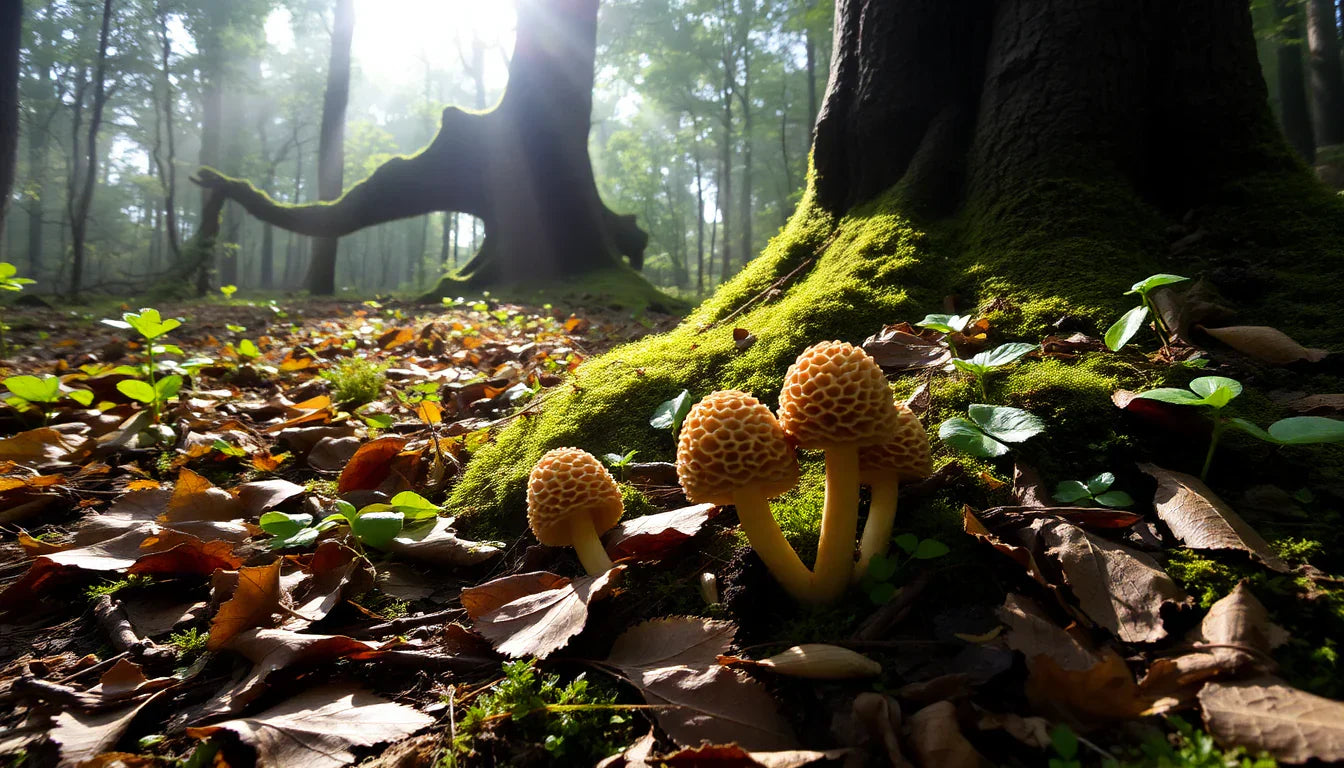
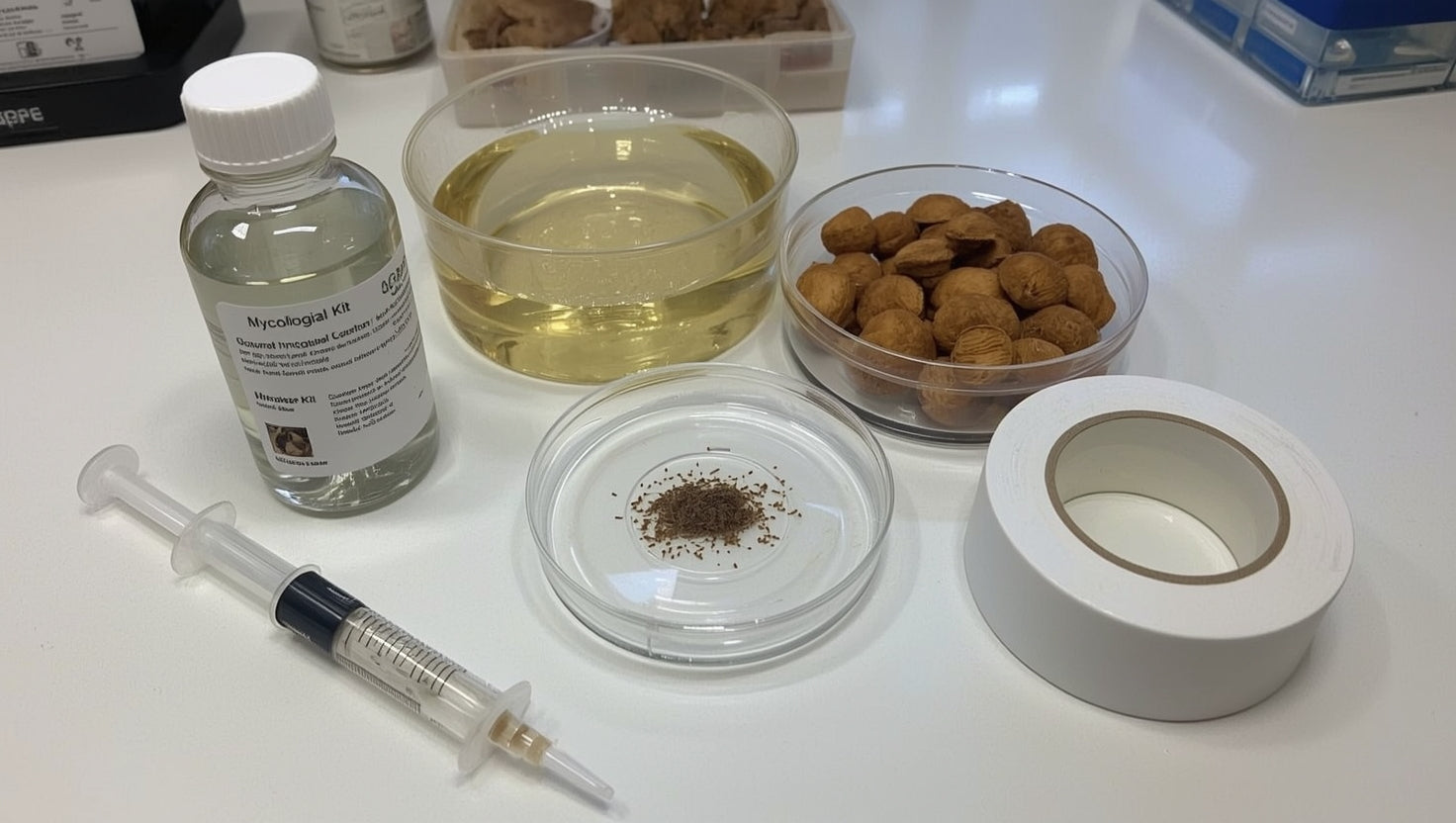
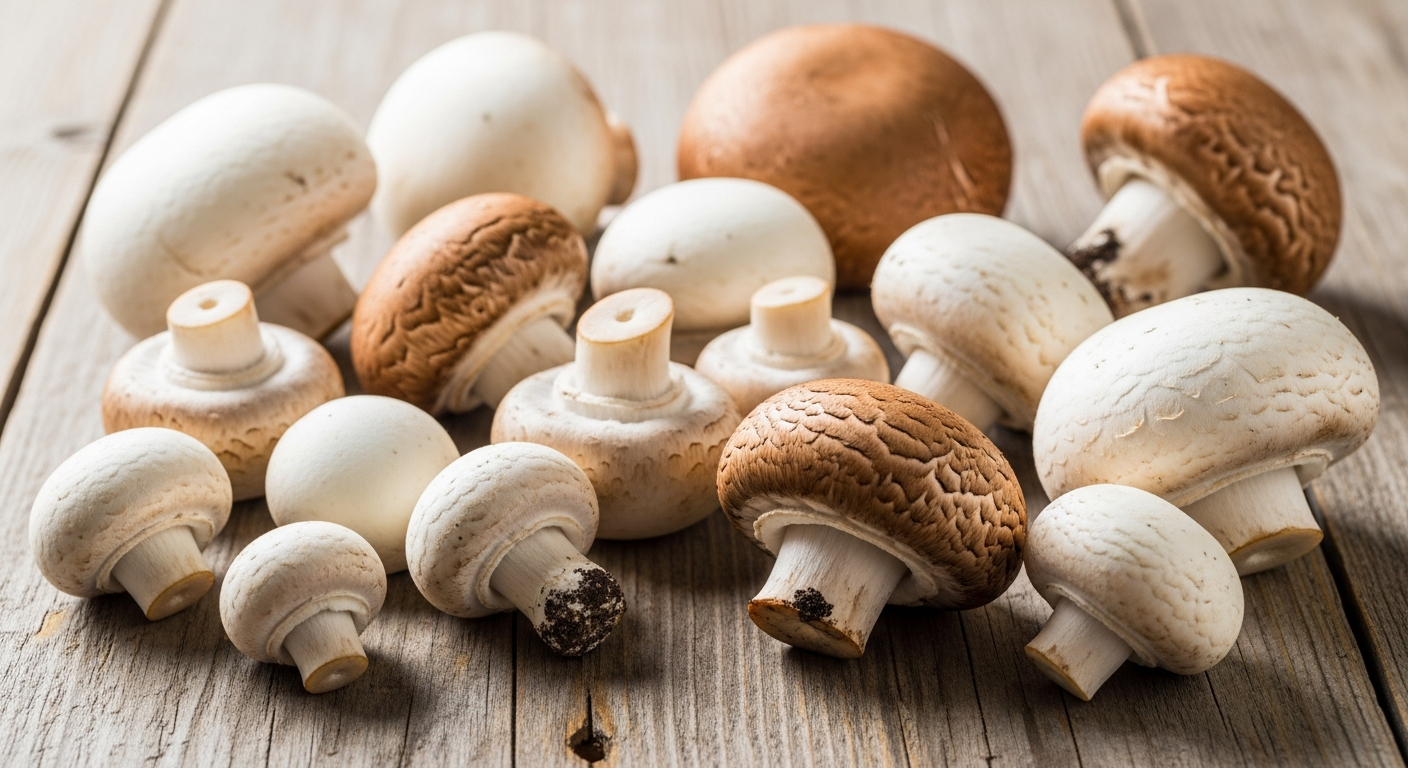
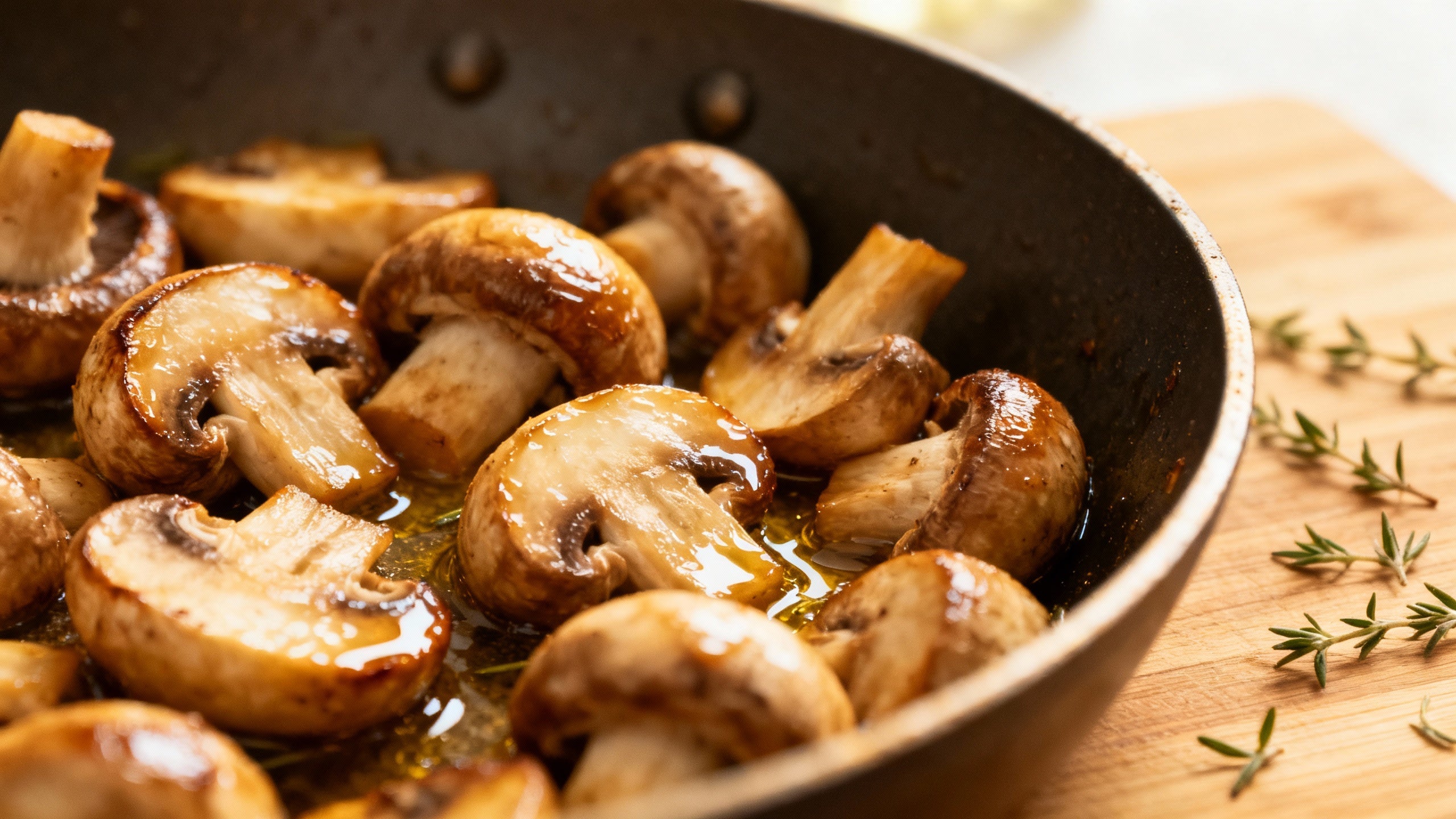
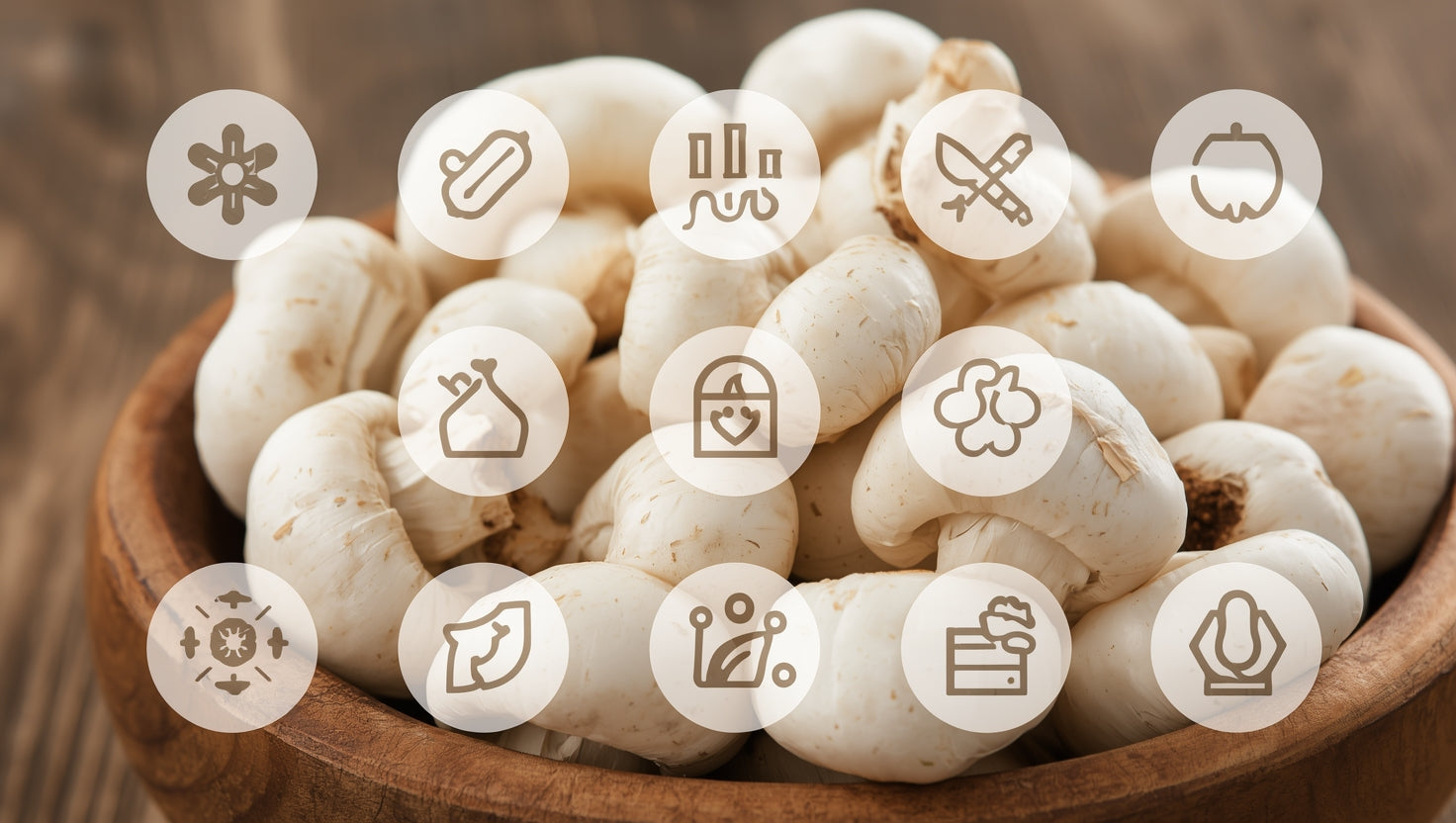
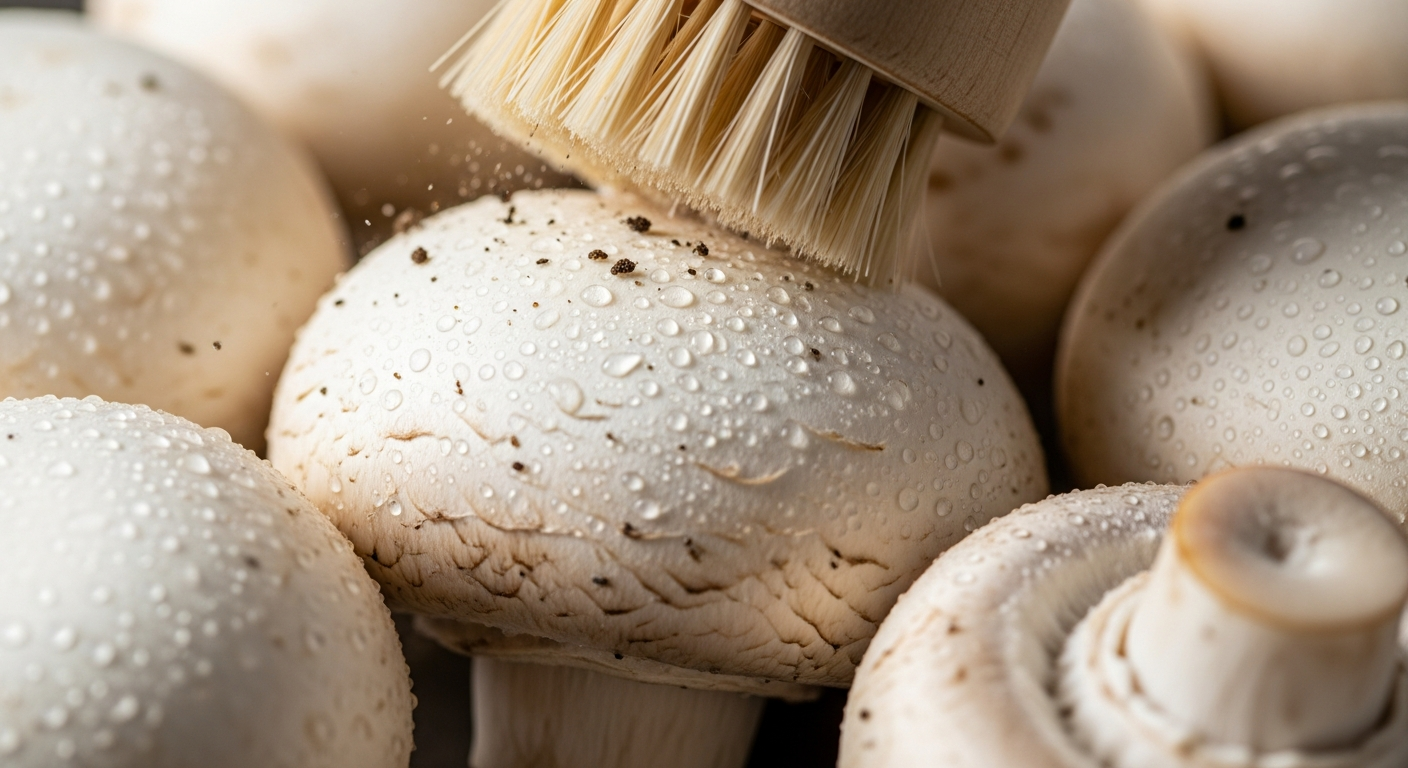
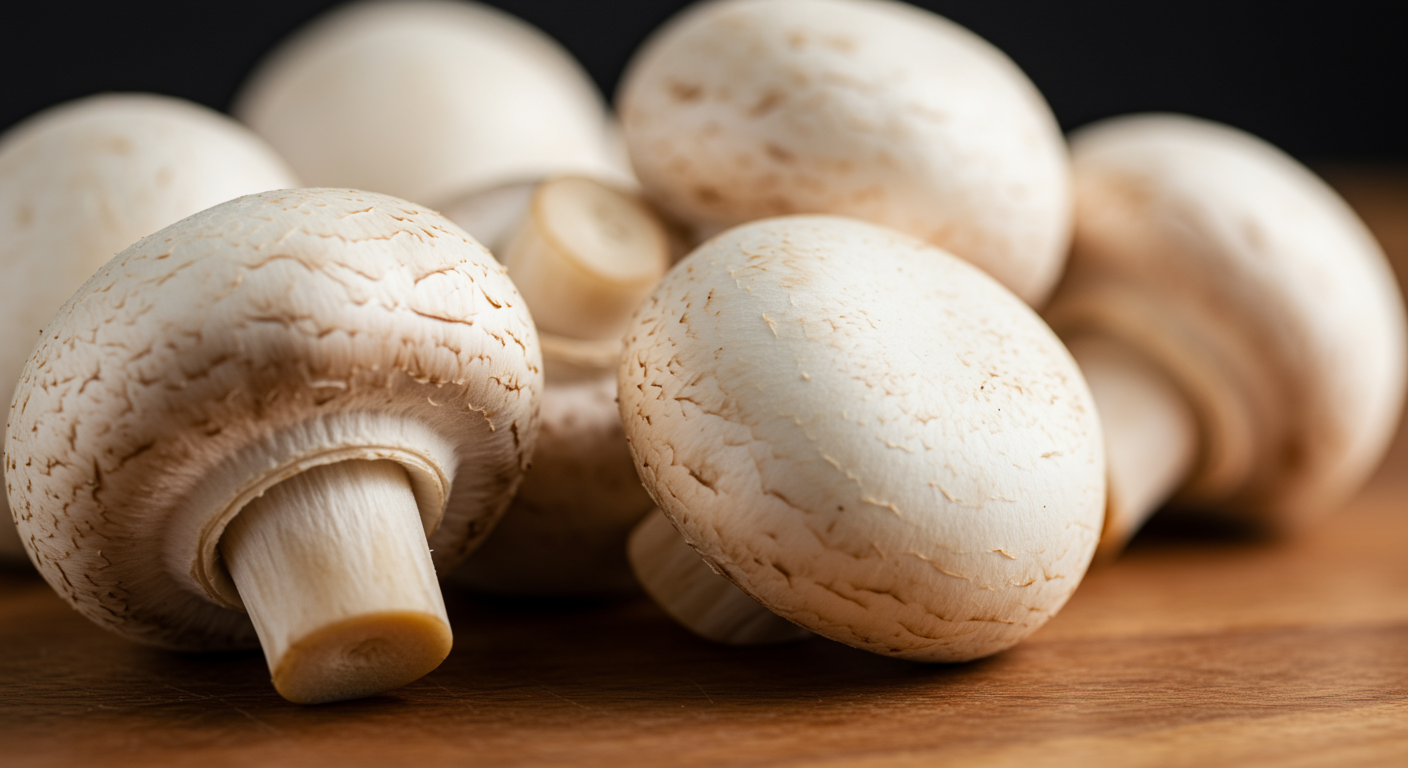

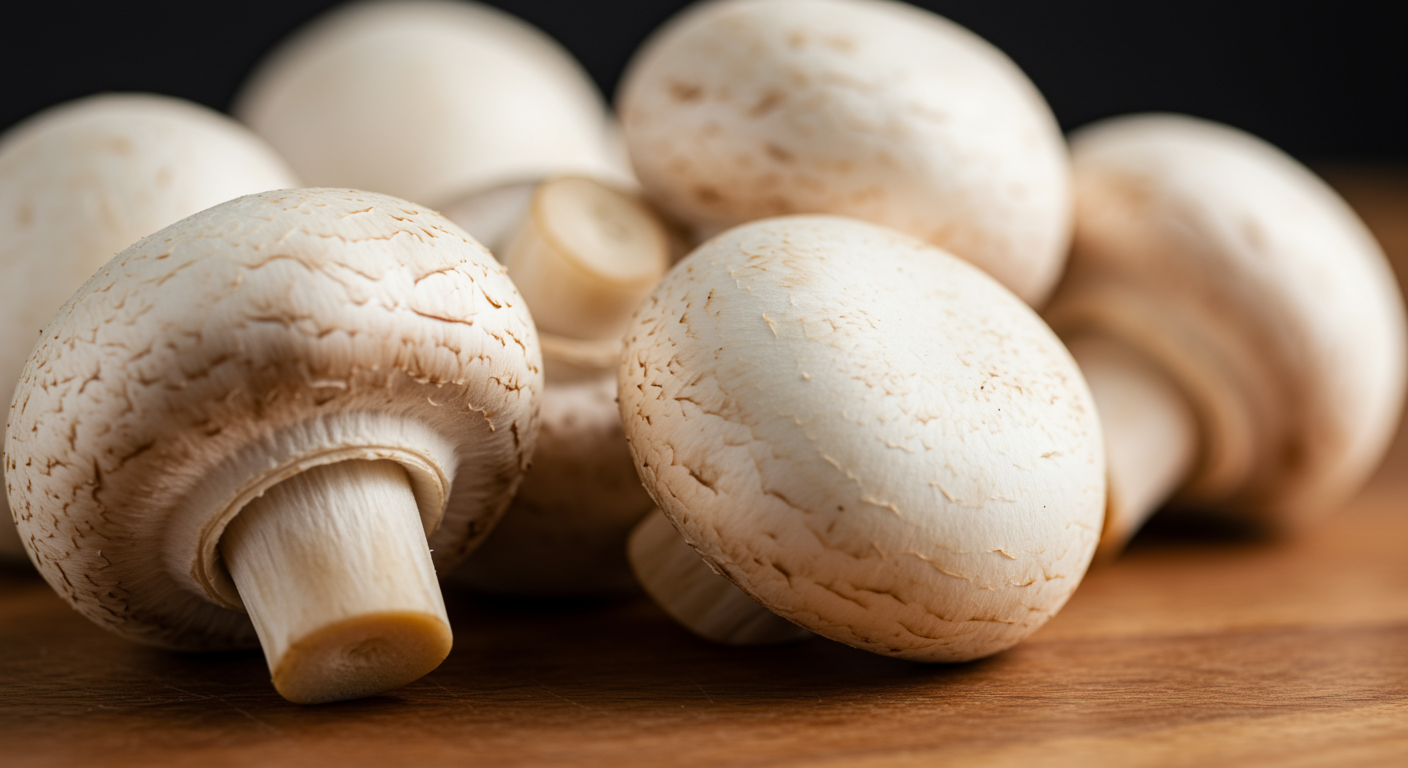
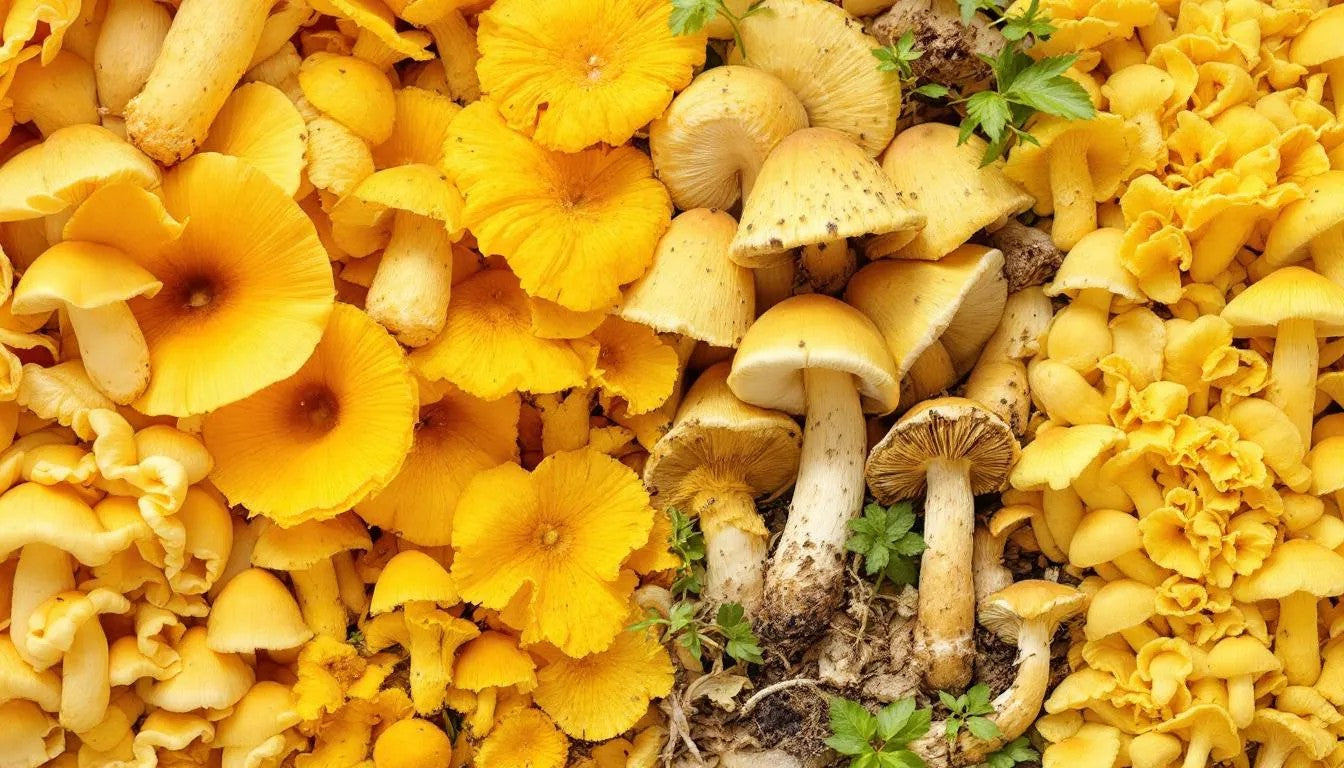
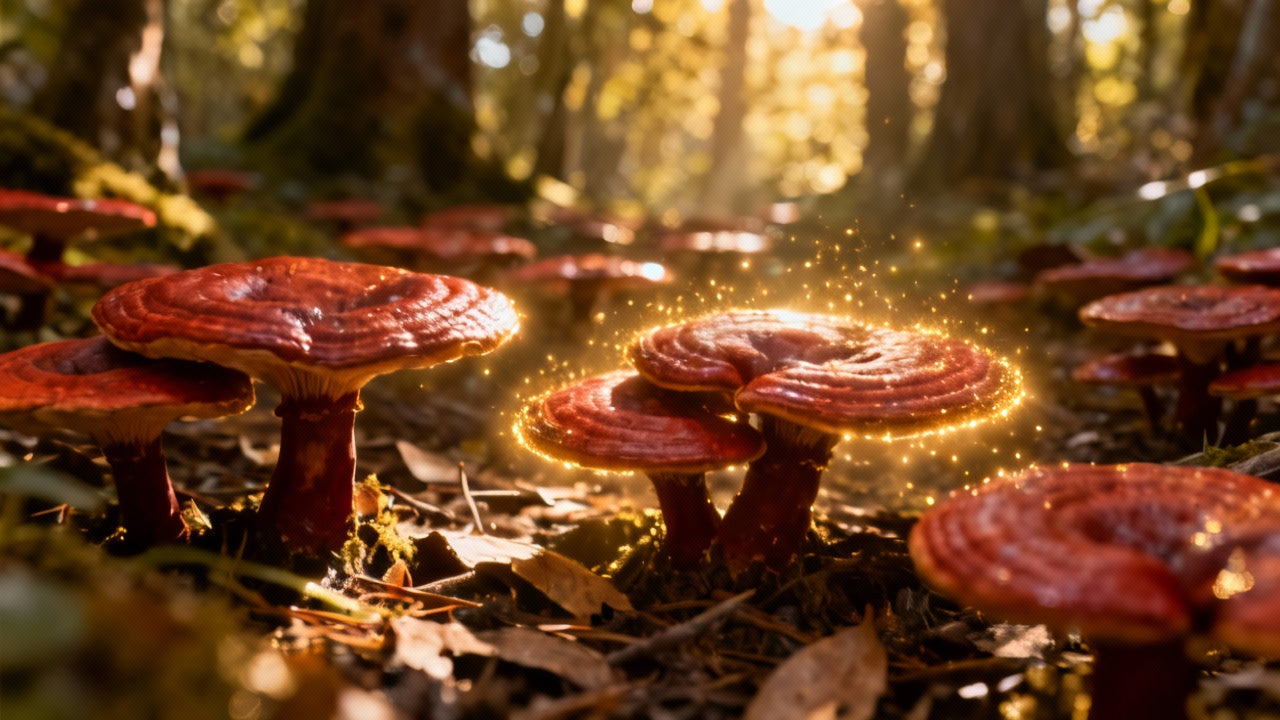
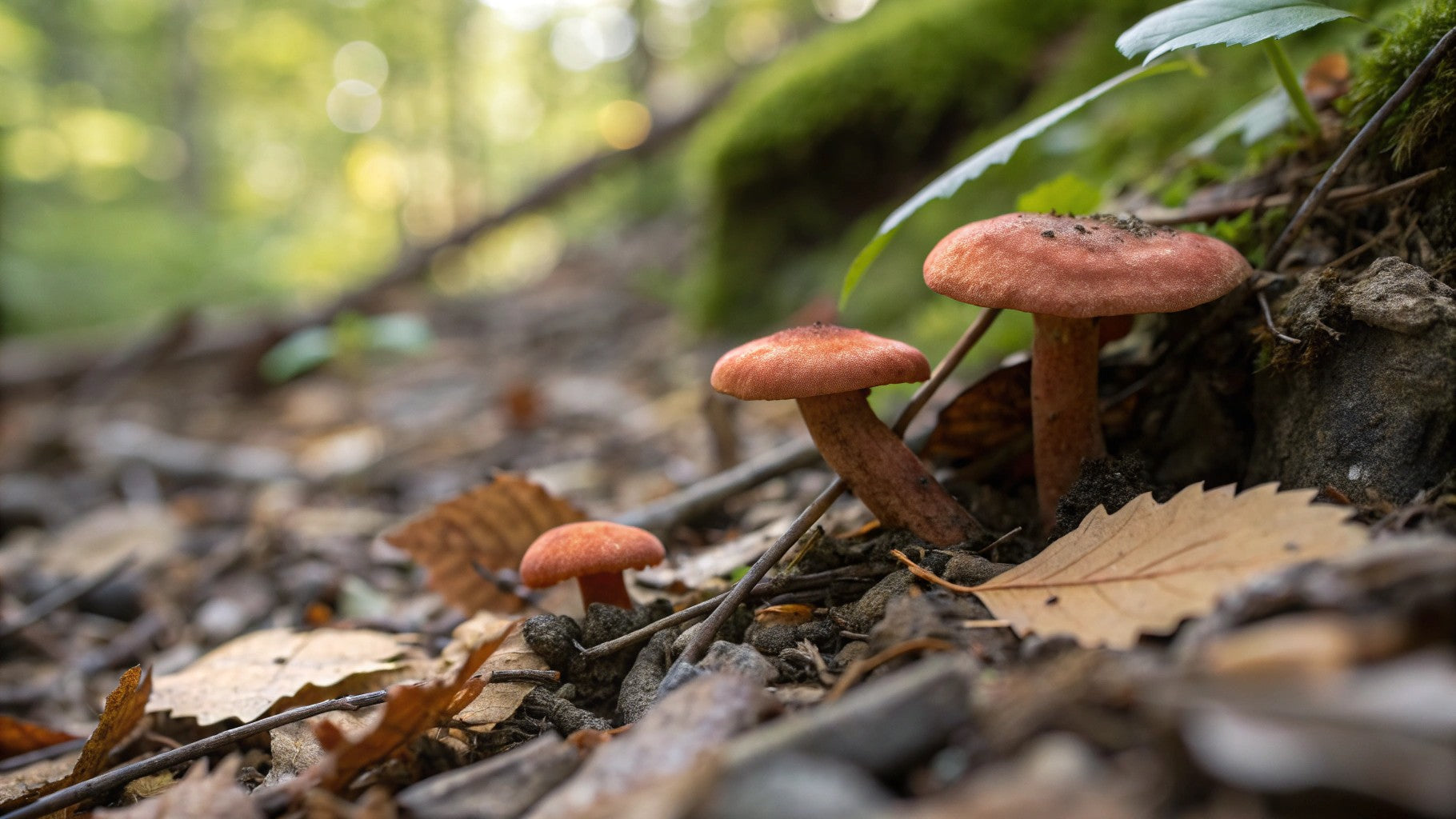
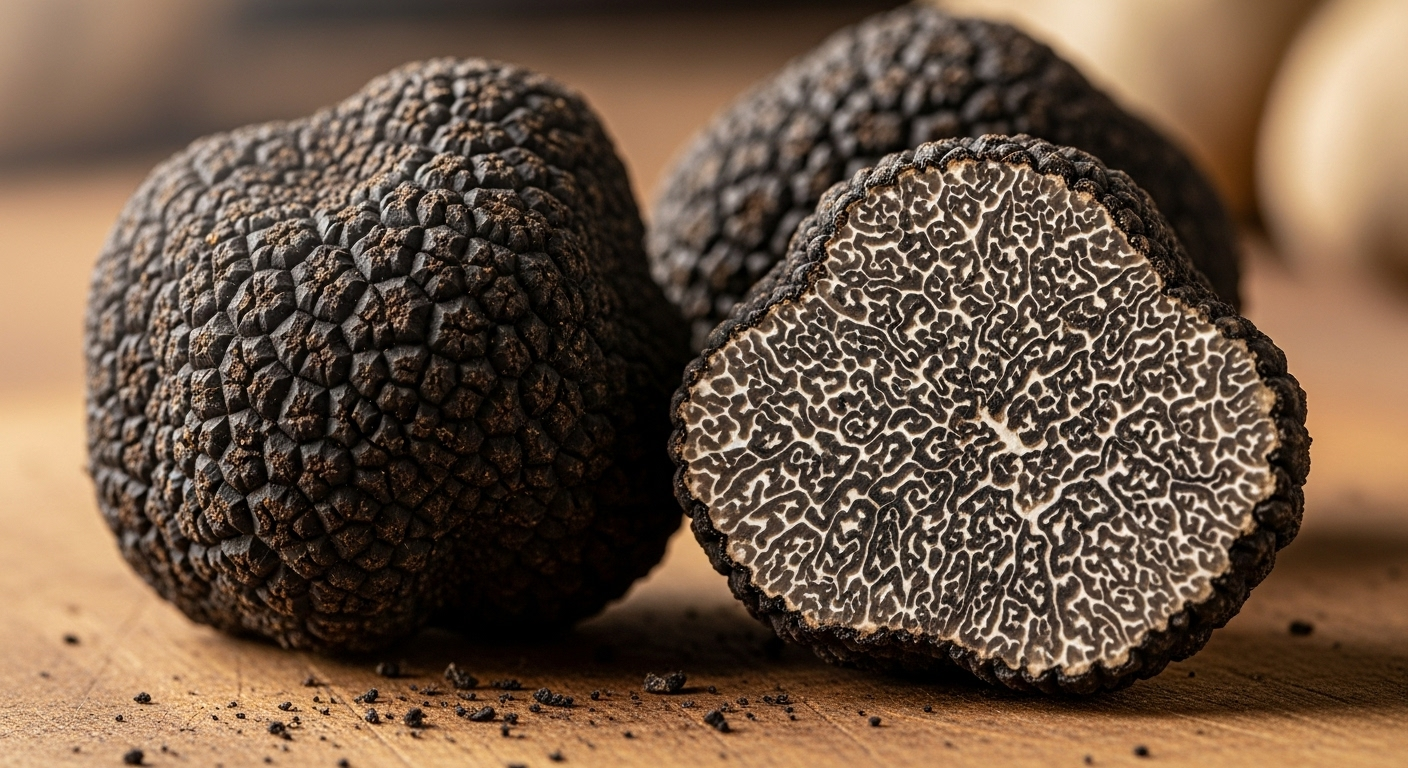
Share:
Morel Mushroom Cost: Why This Forager’s Delight Is So Valuable
How to Store Morel Mushrooms Like a Pro